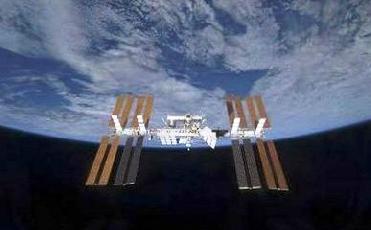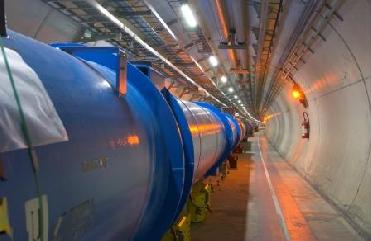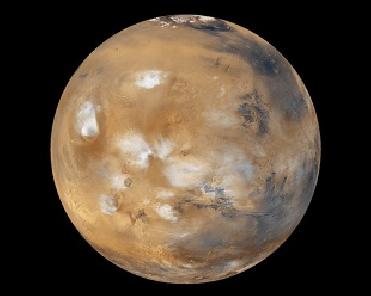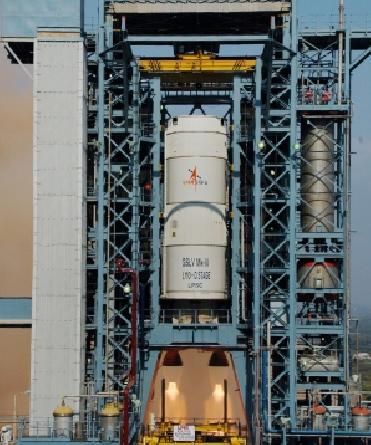
Backdropped by the blackness of space and Earth's horizon, the International Space Station is seen from space shuttle Discovery as the two spacecraft begin their relative separation March 25, 2009. Agencies Photo
CALGARY (BNS): Scientists at the University of Calgary, with the help of data from a new instrument, confirmed that space begins 73 miles (118 kilometers) above Earth's surface.
According to the results published this week in the �Journal of Geophysical Research�, an instrument called the Supra-Thermal Ion Imager detected the boundary by tracking the relatively gentle winds of Earth's atmosphere and the more violent flows of charged particles in space, which can reach speeds well over 600 mph (1,000 kph).
The instrument was carried by the JOULE-II rocket on Jan. 19, 2007. It traveled to an altitude of about 124 miles (200 kilometers) above sea level and collected data for the five minutes it was moving through the edge of space.
"It's only the second time that direct measurements of charged particle flows have been made in this region, and the first time all the ingredients � such as the upper atmospheric winds � have been included," says David Knudsen, associate professor in the Department of Physics and Astronomy at the University of Calgary, as quoted by agencies. Knudsen and his former PhD student Laureline Sangalli are the lead authors of the paper.
"The results have given us a closer look at space, which is a benefit to pure research in space science," Knudsen says. "But it also allows us to calculate energy flows into the Earth's atmosphere that ultimately may be able to help us understand the interaction between space and our environment. That could mean a greater understanding of the link between sunspots and the warming and cooling of the Earth's climate as well as how space weather impacts satellites, communications, navigation, and power systems."
NASA's mission control uses 76 miles (122 kilometers) as their re-entry altitude because that's where the shuttle switches from steering with thrusters to maneuvering with air surfaces, NASA states. Others point out that the "Now Entering Space" sign should be posted way out at 13 million miles (21 million kilometers) because that's the boundary where Earth's gravity is no longer dominant.
 Previous Article
Previous Article












The Indian Air Force, in its flight trials evaluation report submitted before the Defence Ministry l..
view articleAn insight into the Medium Multi-Role Combat Aircraft competition...
view articleSky enthusiasts can now spot the International Space Station (ISS) commanded by Indian-American astr..
view article